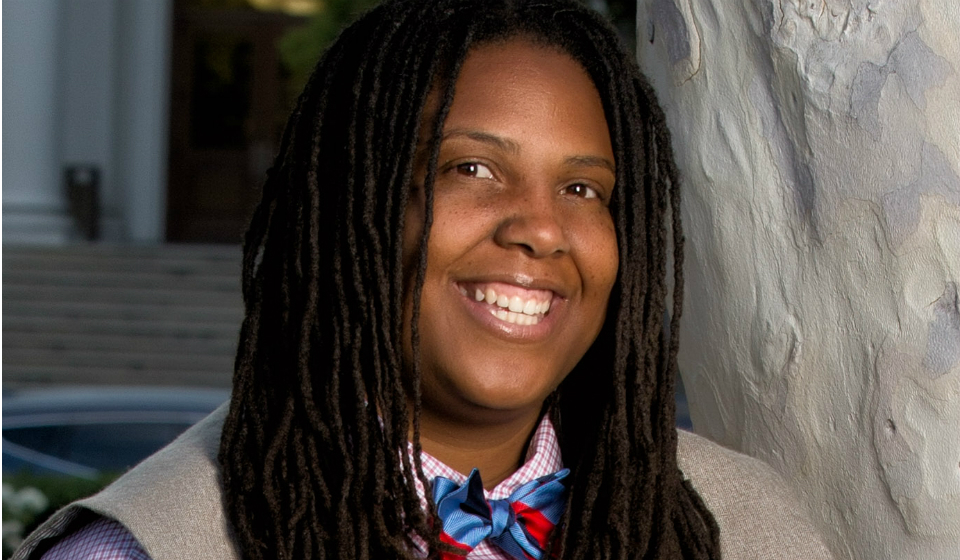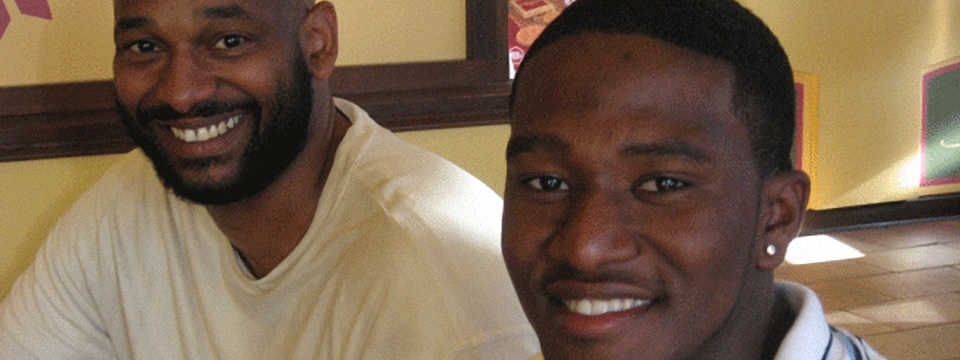How African American boys and young men cope and adapt to racial and socioeconomic stressors through research
Barbarin, O. A., Tolan, P. H., Gaylord-Harden, N., & Murry, V. (2020). Promoting social justice for African-American boys and young men through research and intervention: A challenge for developmental science. Applied Developmental Science, 24(3), 196–207. https://doi.org/10.1080/10888691.2019.1702880
Summarized by Ariel Ervin
Notes of Interest:
- Although there is a lot of evidence that proves how detrimental racism and being economically disadvantaged is in developmental science, there’s still a lack of research on how African American boys and young men cope with and adapt to these stressors.
- The researchers review studies on how unequal access to resources and contrasting treatment affect African American boys’ and young men’s development.
- The paper also explores two conceptual models: “Adaptive Calibration” and “Positive Youth Development” frameworks
- The Adaptive Calibration framework encourages researchers to focus on African American boys and young men’s talents, as well as allocate effective resources so they can effectively persevere in adverse environments
- The Positive Youth Development framework proposes that families and the community can encourage prosocial development and resilience.
- Researchers should focus on designing and evaluating interventions to enhance African American boys’ and young men’s capacity to negotiate their environments and aim to identify ways to eliminate the most impactful barriers, end resource inequities, and combat bias and social marginalization.
Introduction (Reprinted from the Abstract)
A social justice analysis of the circumstances of African-American boys and young men (AAB) reveals a pervasive pattern of negative stereotypes, disparate treatment, and resource deprivation that augur poorly for their development. Developmental science has yielded many insights about the deleterious sequelae of racism and economic disadvantage, but much less is known about AAB coping and adaptation. Adaptive Calibration and Positive Youth Development are offered as conceptual tools to redirect researcher to a focus on AAB’s hidden talents and to illuminate the social resources that contribute to positive outcomes. The Adaptive Calibration (AC) Model proposes that chronic adversity influences the development of overlooked competencies that facilitate successful adaptation in toxic environments. The Positive Youth Development framework highlights the propitious influence of familial and community assets that promote resilience and prosocial development in spite of chronic adversity. Social justice agenda can be advanced if these ideas are used to guide research.
Implications (Reprinted from Recommendations for developmental science)
In summary, we recommend the following steps to help developmental science increase the impact, relevance, and validity of research on vulnerable children and youth by embracing a social justice perspective, and move it toward the goal of improving the developmental outcomes for AAB and other vulnerable populations:
- Incorporate notions of social justice as a frame for its research to contextualize interpretation of its findings related to AAB and other similarly disadvantaged groups. Integrate into the framing of research questions and interpretation of findings a fuller consideration of social justice that acknowledges the pervasive and complex effects of racial intolerance and economic inequity on development.
- Balance the focus on vulnerable populations by giving added attention to the strengths they possess and the competencies they develop. Move beyond a focus on risk and on conceptions of AAB in terms of deficiencies or as passive victims.
- Design and evaluate intervention to enhance AAB’s capacity to negotiate their environments. Research in this tradition could aim to identify ways to eliminate the most impactful barriers, end resource inequities and combat bias and social marginalization.
- Prioritize research that not only illuminates structural and systemic impediments to positive development but that also identify effective strategies to overcome those impediments.
- Go farther and investigate the underlying causes of disparate treatment of AAB. For example, this may lead to studies of the effects of reducing the toxicity of social environments, combatting white racism, providing access to resources, and generating ideas about ways to reduce and resist social marginalization.
To access this article, click here.










